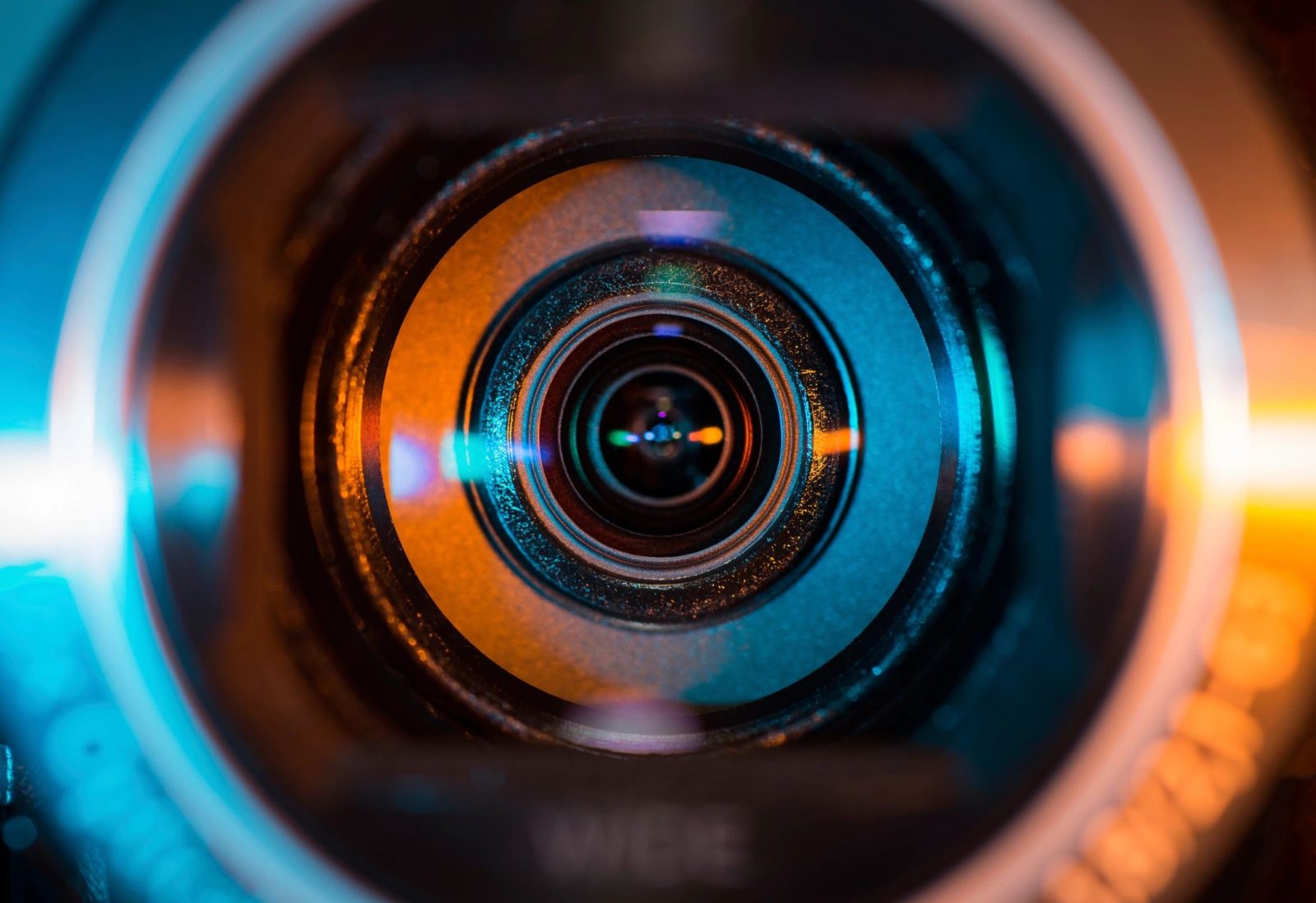
Capturing Perfection: A Comprehensive Guide on How To Take The Perfect Photograph
In the age of smartphones and high-tech cameras, the quest for the perfect photograph is a journey that transcends technical expertise and delves into the realm of artistry. Whether you're a budding photographer or a seasoned pro, mastering the art of capturing a perfect image requires a combination of skill, creativity, and a keen eye. In this comprehensive guide, we'll explore the key elements and techniques that can elevate your photography game and help you take the perfect shot.
- Understand Your Equipment: Before embarking on your photographic journey, familiarize yourself with your equipment. Whether you're using a DSLR, mirrorless camera, or a smartphone, learn about the settings, modes, and capabilities of your device. Understanding the basics of exposure, focus, and composition is fundamental to achieving the perfect shot.
- Master Composition Techniques: Composition is the backbone of a great photograph. Explore fundamental techniques such as the rule of thirds, leading lines, framing, and symmetry. Experiment with different angles and perspectives to add depth and interest to your images. A well-composed photograph can turn an ordinary scene into a captivating work of art.
- Pay Attention to Lighting: Lighting can make or break a photograph. Natural light is often the most flattering, so pay attention to the quality of light throughout the day. During golden hours, shortly after sunrise and before sunset, the light is soft and warm, creating a beautiful ambience. Experiment with shadows and highlights to add dimension to your images.
- Focus on Sharpness: Achieving sharp focus is essential for a perfect photograph. Understand your camera's autofocus system and use it strategically. Pay attention to your subject's eyes, as they are often the focal point of a portrait. Experiment with depth of field by adjusting your aperture to control what parts of the image are sharp or blurred.
- Mind Your Exposure Settings: Proper exposure is critical for a well-balanced photograph. Learn to use the exposure triangle—comprising aperture, shutter speed, and ISO—to control the amount of light entering your camera. Experiment with different settings to achieve the desired effect. Consider using exposure compensation in challenging lighting conditions.
- Capture Genuine Moments: Candid moments often result in the most authentic and memorable photographs. Be patient and observant, ready to capture those fleeting expressions or natural interactions. Avoid overly posed shots, and let the spontaneity of the moment shine through in your images.
- Post-Processing Magic: Post-processing is a powerful tool for enhancing your photographs. Experiment with photo editing software to fine-tune exposure, colour balance, and sharpness. But remember, subtlety is key—avoid over-editing to maintain the authenticity of your original vision.
- Tell a Story: A perfect photograph tells a compelling story. Consider the narrative you want to convey and frame your shot accordingly. Pay attention to the background, as it plays a crucial role in setting the scene. Every element in the frame should contribute to the overall story you're trying to tell.
Taking the perfect photograph is a dynamic blend of technical proficiency and creative intuition. As you embark on your photographic journey, remember that perfection is subjective, and each photograph is a unique expression of your vision. Embrace experimentation, learn from your experiences, and enjoy the process of capturing moments that resonate with you and your audience. Happy shooting!